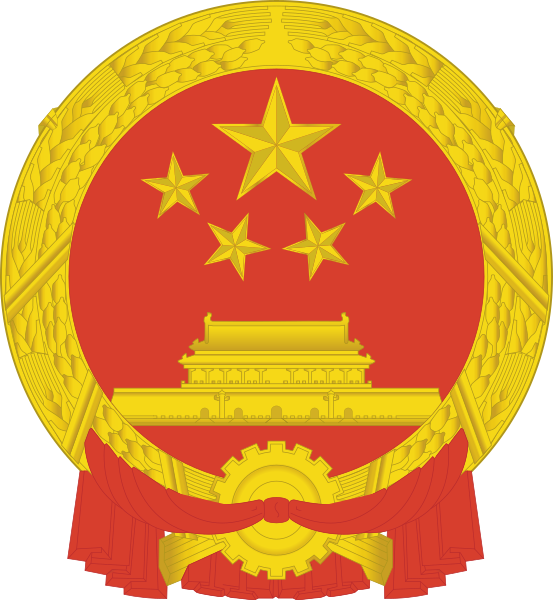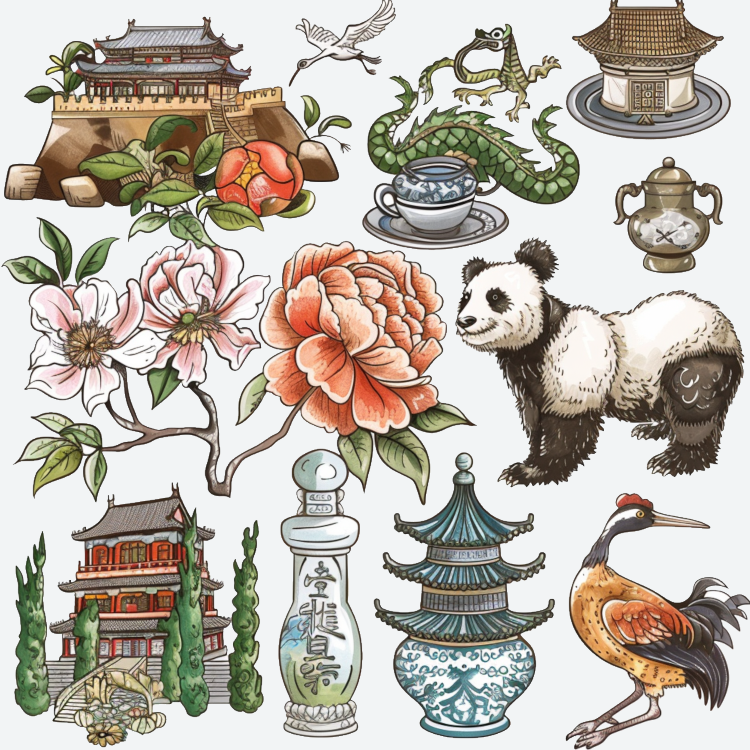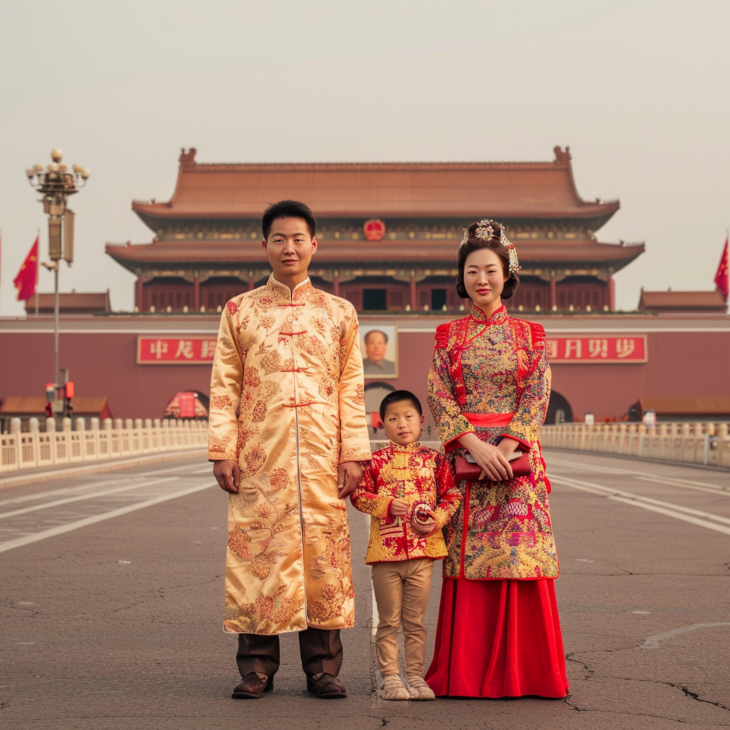About CN

Location
China is a country located in East Asia, and it is the world's most populous country. It shares borders with 14 other countries: Mongolia, Russia, North Korea, Vietnam, Laos, Myanmar, India, Bhutan, Nepal, Pakistan, Afghanistan, Tajikistan, Kyrgyzstan, and Kazakhstan.
Capital
The capital city of China is Beijing.
Population
China has a population of over 1.4 billion people, making it the most populous country in the world.
Language
The official language of China is Mandarin Chinese. However, there are many other languages and dialects spoken throughout the country, including Cantonese, Shanghainese, and Hokkien, among others.
Religion
China is officially atheist, but it has a rich religious heritage with various belief systems, including Buddhism, Taoism, Confucianism, Islam, and Christianity. Traditional Chinese religions, such as ancestor worship and folk beliefs, also remain significant.
Geography
China is geographically diverse, with vast landscapes ranging from mountains and plateaus to deserts and plains. Some of its notable geographical features include the Himalayas, the Gobi Desert, the Yangtze River, and the Yellow River.
Economy
China has the world's second-largest economy by nominal GDP and is a global manufacturing and trading powerhouse. It has undergone rapid economic growth and development over the past few decades, becoming a major player in international trade and investment.
Currency
The currency of China is the Renminbi (RMB), which is also referred to as the Chinese Yuan (CNY).
Politics
China is a socialist one-party state governed by the Chinese Communist Party (CCP). The President of China, who is also the General Secretary of the CCP, serves as the head of state and the head of government.
Culture
China has a rich cultural heritage that spans thousands of years, with significant contributions to art, literature, philosophy, cuisine, and martial arts. Traditional Chinese festivals, such as Chinese New Year and the Mid-Autumn Festival, are celebrated nationwide. China is also known for its iconic landmarks, such as the Great Wall, the Forbidden City, and the Terracotta Army.

National Items of China
Giant Panda
The Giant Panda (Ailuropoda melanoleuca) is the national animal of China. Known for its distinctive black and white fur and its bamboo diet, it symbolizes peace, friendship, and the country's commitment to wildlife conservation.
Peony
The Peony (Paeonia) is the national flower of China. Often referred to as the "king of flowers," it symbolizes prosperity, honor, and beauty and is deeply rooted in Chinese culture and history.
Ginkgo Tree
The Ginkgo tree (Ginkgo biloba) is considered a national tree of China. Known for its resilience and longevity, it represents endurance, hope, and the rich natural heritage of the country.
Red-Crowned Crane
The Red-Crowned Crane (Grus japonensis) is a national bird of China. It symbolizes longevity, immortality, and good fortune in Chinese culture.
Great Wall of China
The Great Wall of China is one of the most iconic landmarks in the world. It symbolizes the historical strength, perseverance, and architectural ingenuity of the Chinese civilization.
Peking Duck
Peking Duck is a famous traditional Chinese dish known for its crispy skin and succulent meat. It represents the rich culinary heritage and exquisite flavors of Chinese cuisine.
Chinese Yuan (Renminbi)
The Chinese Yuan (Renminbi, CNY) is the currency of China. It symbolizes the country's economic strength and financial system.
Cheongsam (Qipao)
The Cheongsam, also known as the Qipao, is a traditional Chinese dress for women. It symbolizes the cultural heritage, elegance, and traditional attire of Chinese people.
Chinese Dragon
The Chinese Dragon is a legendary creature in Chinese mythology. It symbolizes power, strength, and good luck and is a common motif in Chinese art and culture.
Terracotta Army
The Terracotta Army, located in Xi'an, is a collection of terracotta sculptures representing the armies of Qin Shi Huang, the first Emperor of China. It symbolizes the country's rich history and archaeological heritage.
Jade
Jade is a precious stone highly valued in Chinese culture. It symbolizes purity, beauty, and moral integrity and is often used in art, jewelry, and ceremonial objects.

The national anthem of China is called "Yiyongjun Jinxingqu" in Mandarin, which translates to "March of the Volunteers" in English. Here are the lyrics in Mandarin and their English translation:
起来!不愿做奴隶的人们!
把我们的血肉,筑成我们新的长城!
中华民族到了最危险的时候,
每个人被迫着发出最后的吼声。
起来!起来!起来!
我们万众一心,
冒着敌人的炮火,前进!
冒着敌人的炮火,前进!
前进!进!
Arise, ye who refuse to be slaves!
With our flesh and blood, let us build a new Great Wall!
As the Chinese nation faces its greatest peril,
All forcefully issue a final roar.
Arise! Arise! Arise!
Millions of hearts beat as one,
Braving the enemy's gunfire, march on!
Braving the enemy's gunfire, march on!
March on! March on!


